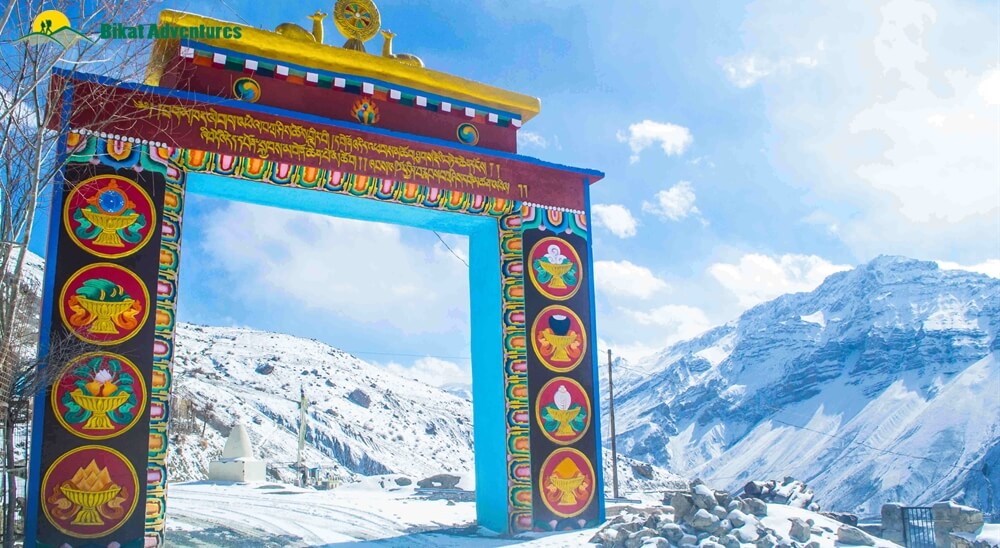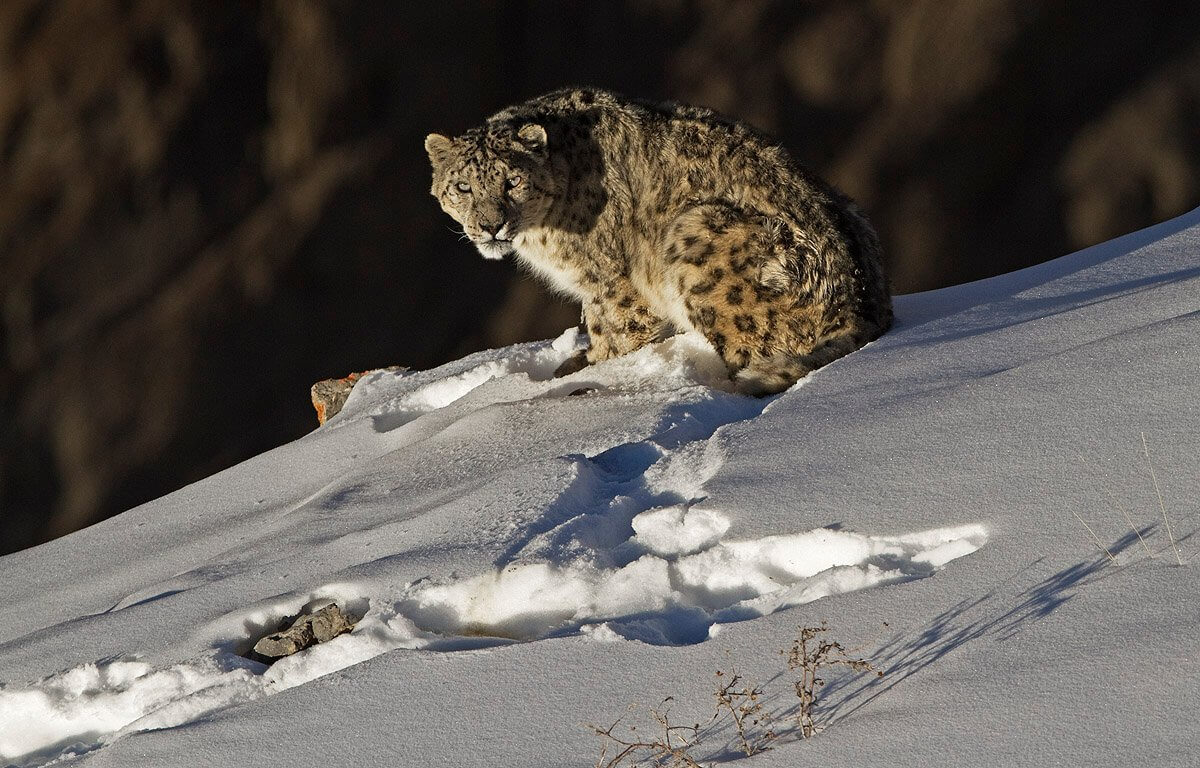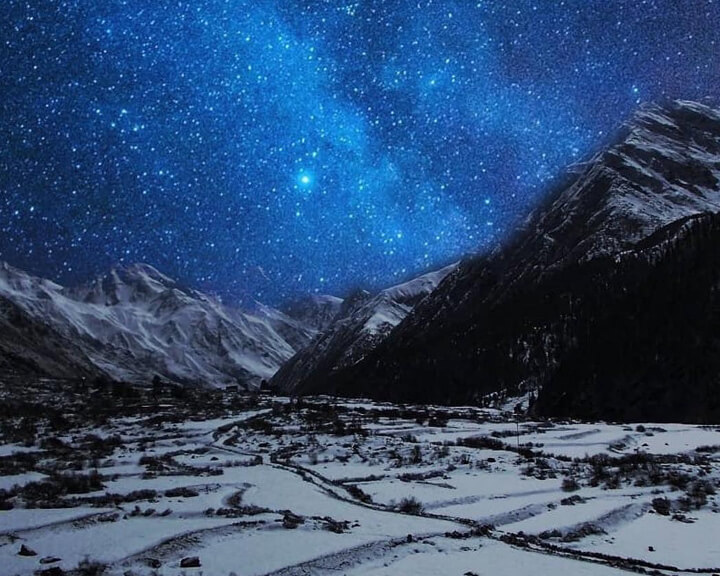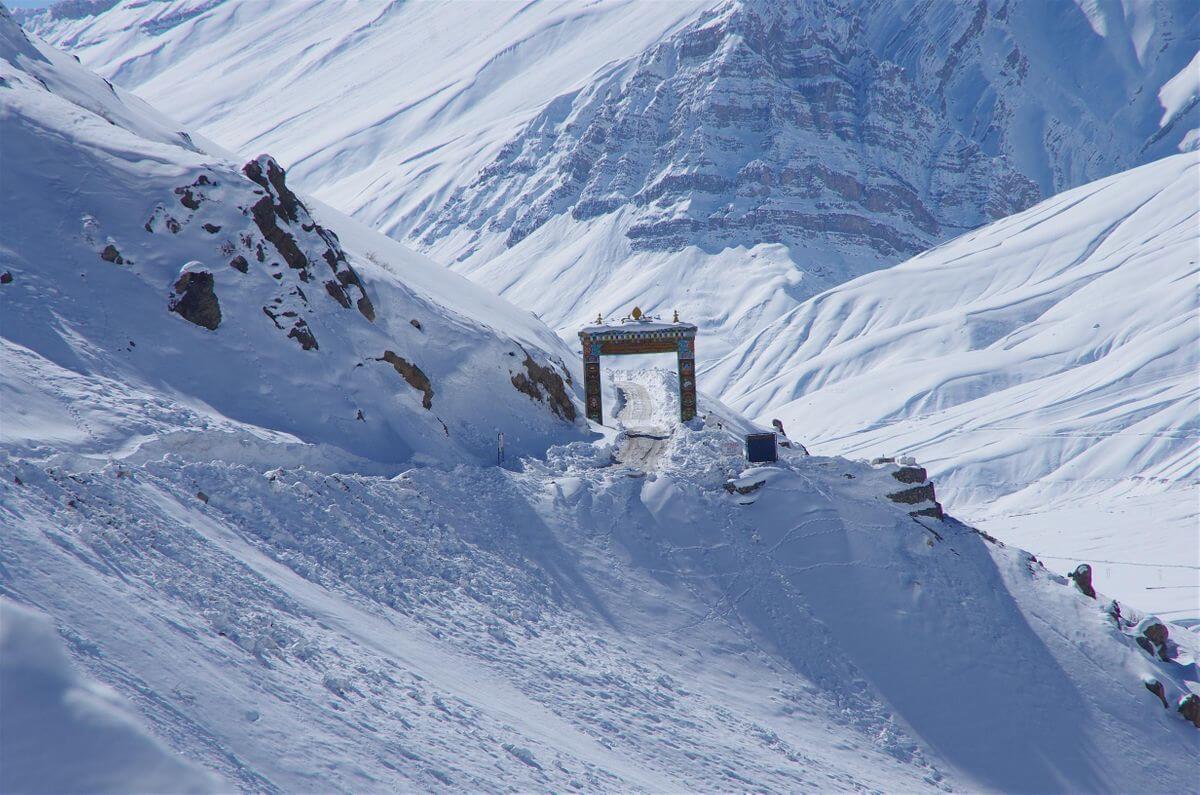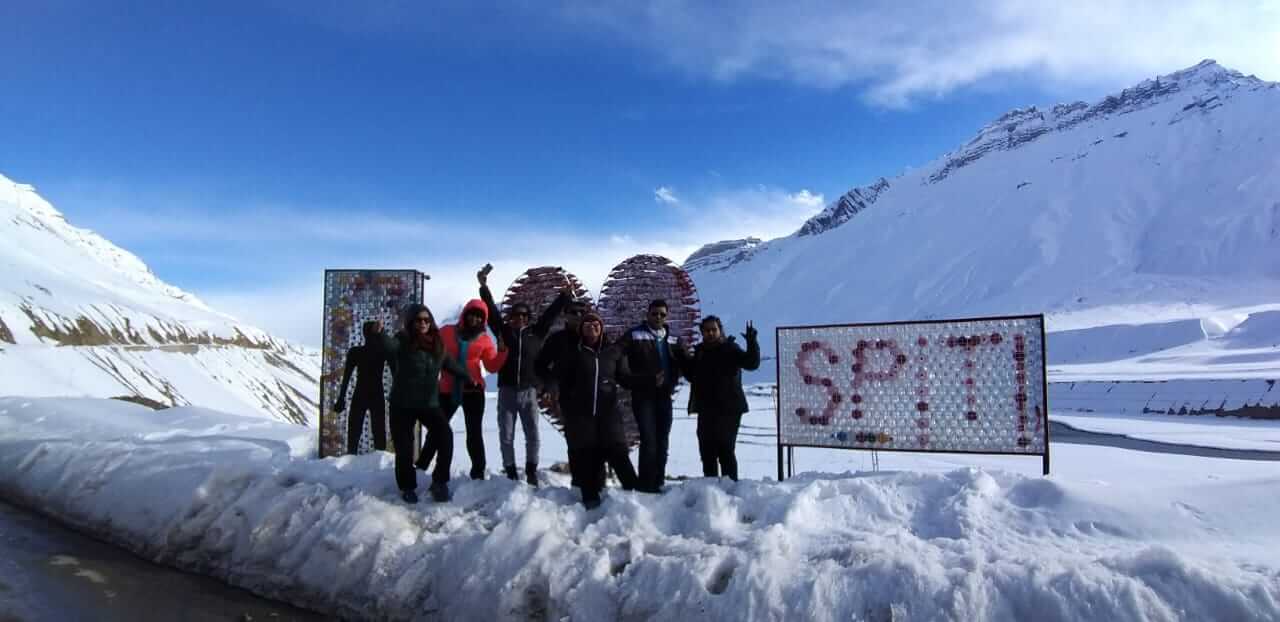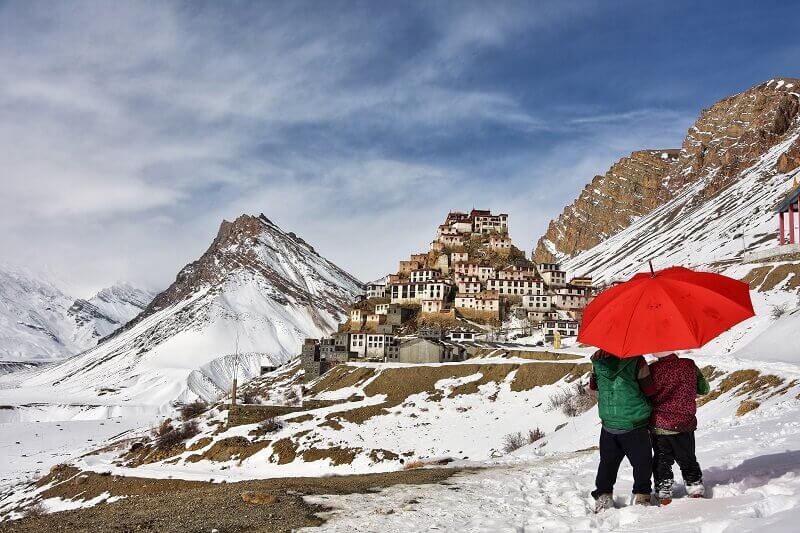Travel Blog Winter Spiti
PC: Bikat Adventures
As the name is unique so does the place. Spiti Valley is a mesmerizing place for nomads and travel enthusiasts all across the globe. As unique as its name, a trip to Spiti Valley is an experience of the ultimate abandoned beauty! Separated from breeding Lahaul by the soaring 4551m Kunzum La, the Himalayan region of Spiti is another piece of Tibet marooned in India. While this region stays cut off from the rest of the world in October to February, you can visit Spiti from March to May to enjoy the snow-clad mountains of this sumptuous cold desert. That is precisely what this blog is about – Yes Winter Spiti- White Spiti. what our Winter Edition
PC:https://raachotrekkers.com/
Moonscapes to Marvels of Spiti Valley
Diverged villages in a saw-toothed moon land appear like mirages on the road to Spiti valley. Roads like these will make you overlook any other scenery you’ve ever seen. The whitewashed and snow-covered, mud-brick houses dwell into the local heritage. These houses look marvellous from the viewpoint of Key Monastery. And when they all covered with snow it is like a white wonderland.
Rediscovering The Ancient Spiti
Spiti Valley is the place to rejoice the love for long lost things. This could be sending a postcard from the highest post office in the World, or go fossil hunting in the villages of Spiti. One such fossil village-Langza embraces you with a life-size golden statue of Buddha. The sedimentary rocks of this village cover the remains of plants & marine life which are millions of years old. Go see for yourself if you’re lucky enough to spot one! I was lucky to have found one.
Variation in Beauty
Contrary to all shades of grey and white, a turquoise ribbon of the Spiti River will coincide you as your near-constant escort, speeding along a deep valley before turning south at Sumdo into the craggy gorges of the Hangrang Valley. Spiti fascinates many travellers, including a huge bunch of Indian motorcyclists, as a kind of ‘mini-Ladakh without tourist crowds’. This title is justified until its serene nature (a high-altitude desert) and culture (Tibetan Buddhist) are still intact. For this, we all need to be a responsible traveller and whoever visits Spiti Valley, please take care of littler, carbon footprints and strictly no plastics.
Things to Remember
Who all planning to travel Spiti Valley in winters, please have a look at the tips below and the temperature as certain areas can be nerve crunching.
It gets very cold here in winters i.e. December through February with temperatures hitting – 30C to -35C. You will need to be mentally and physically fit and must have done some high altitude travel to be able to manage travelling through this high altitude region.
Majorly you will get only homestays in winters and the hotels and guest houses will be shut. These homestays will have dry eco-friendly squatting toilets. You will need to equip with this system as due to water freezing and water lines freezing wet toilets are not available.
Because of the water lines freezing, the locals have a hard time carrying water for utilities from a close water source and therefore having a bath while you are in Spiti will not be possible.
In peak winter i.e. January and early February, all the places might not be open due to unfavourable weather conditions. Thus, whatever you are able to visit take it as an opportunity to explore the place.
Wintertime is actually not a season time to visit Spiti Valley thus you will not get a variety of activities and things to do in cold weather. at times you will not be able to move around much and will have to end up in the homestay. That is why I would recommend travellers to be prepared and make the most of the destination whilst enjoying snow everywhere.
Being in a homestay you can make most of the time talking to locals, knowing the Spitian culture, food and much more. You can be with the host and can understand the local food culture.
Be prepared to be empathetic and adaptable, as due to weather last minutes’ plan changes can happen or you can be forced to change your plans due to safety measures.
Things To Carry
- Shirts / T-shirts, Trousers / Track Pants
- Windproof jacket, Raincoat / Poncho
- Thermal inner wear (upper and lower)
- Woollen cap, Woolen gloves, Woolen socks along with extra pairs
- Scarf\muflers
- Comfortable Riding\sports shoes
- Towel\napkins
- Water bottle
- Cap / Hat, Sunglasses
- Sunscreen Lotion, Lip Balm
- Torch / Flashlight (with extra batteries)
- Personal medication
- Personal toiletries

